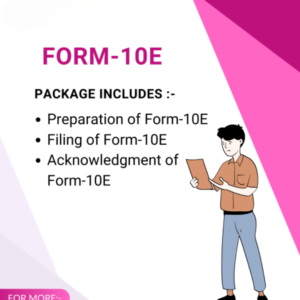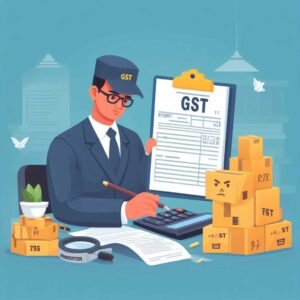Trademark Objection Process in India: A Detailed Guide
When applying for trademark registration in India, there may be situations where objections arise during the examination process. These objections must be addressed promptly and effectively to ensure that the trademark registration process continues smoothly. Here’s a comprehensive guide on the trademark objection process, documents involved, and the steps to respond.
Trademark Objection vs. Opposition
- Trademark Objection:
- Raised by the Trademark Examiner during the examination stage.
- It refers to issues found in the application, such as non-compliance with the Trademarks Act or conflicts with existing trademarks or rules.
- Trademark Opposition:
- Filed by a third party (e.g., another company or individual) after the trademark is published in the Trademark Journal.
- It alleges that the registered trademark conflicts with their rights (e.g., prior trademarks, unregistered marks, or other legal reasons).
Trademark Objection Process in India
1. Examination and Objection
- The Trademark Examiner reviews the application to ensure it complies with the Trademarks Act and related rules.
- If any issue or conflict is found, the Examiner will issue an Examination Report, specifying the grounds for objection.
- Common reasons for objection include:
- Similarity to an existing trademark.
- Lack of distinctiveness or descriptive nature of the mark.
- Non-compliance with statutory requirements.
- Common reasons for objection include:
2. Reply to Objection
- The applicant has 30 days (extendable to 90 days) from receiving the Examination Report to file a response.
- The response should address all objections raised in the Examination Report, providing arguments and evidence to counter the objections.
Key points to include in the response:
- Evidence of Use: If applicable, provide proof that the trademark has been used commercially in the market.
- Distinctiveness: If the objection concerns a lack of distinctiveness, demonstrate how your trademark is unique and stands out from existing marks.
- Non-confusing Nature: If the objection is based on similarity to an existing trademark, explain how your mark is sufficiently different to avoid consumer confusion.
3. Examiner’s Decision
- Once the response is filed, the Trademark Examiner will review it.
- If the objection is removed: The trademark application will proceed to publication in the Trademark Journal.
- If the objection is sustained: The application may be rejected. In this case, the applicant has the option to appeal the decision to the Intellectual Property Appellate Board (IPAB).
Documents Required for Trademark Objection Response
- Examination Report: The official document issued by the Trademark Examiner, outlining the specific objections raised.
- Reply to Examination Report: The applicant’s formal response addressing each objection point, supported with evidence.
- Power of Attorney (if applicable): If a trademark agent or attorney is handling the case on behalf of the applicant, a Power of Attorney document is required.
- Evidence of Use (if applicable): Documentation proving that the trademark is in use (e.g., advertisements, invoices, packaging).
- Additional Documents: Specific documents related to the nature of the objections raised. For example:
- If the objection is due to a prior similar trademark, provide evidence of the distinctiveness or non-confusing nature of your mark.
- If the objection involves a descriptive mark, provide evidence that the mark has acquired distinctiveness through use.
Steps to Respond to Trademark Objection
- Analyze the Objection
- Carefully review the Examination Report and understand the reasons behind the objection(s).
- Gather Evidence
- Collect necessary documents and evidence, such as proof of use or advertisements, to substantiate your claims and counter the objections.
- Draft a Detailed Response
- Write a clear, concise, and well-structured response that addresses each objection raised by the Examiner. Provide strong arguments backed with solid evidence.
- File the Response
- Submit the response to the Trademark Registry within the specified time frame. Ensure that all supporting documents are attached, and the applicable fees are paid.
- Await the Examiner’s Decision
- After submission, the Examiner will review the response. If accepted, the application will proceed to publication. If rejected, you may consider filing an appeal.
Additional Considerations
- Professional Assistance:
It’s advisable to seek assistance from a trademark attorney or agent for a professionally drafted response. This can help in navigating the complexities of trademark law and improving the chances of success. - Timely Action:
Adhering to deadlines is critical. Failing to respond within the given timeframe can result in the abandonment of the application. - Appeal Options:
If the Examiner rejects the trademark application despite the response, the applicant has the right to appeal the decision to the IPAB. The appeal must be filed within the prescribed period after rejection.
Conclusion
Addressing trademark objections effectively is a crucial part of the trademark registration process. By understanding the objection process and responding promptly with solid evidence and well-reasoned arguments, applicants can increase the chances of their trademark being successfully registered. Consulting a trademark attorney can help streamline the process and ensure compliance with legal requirements, minimizing delays and maximizing protection for the brand.






Reviews
There are no reviews yet.